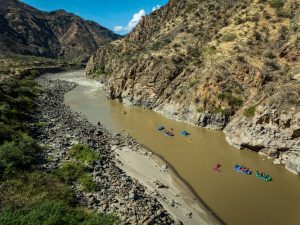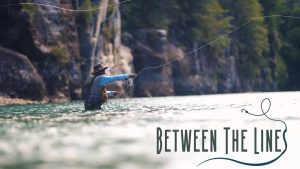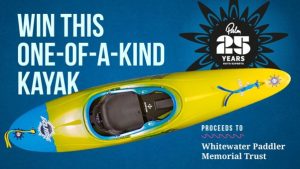With Covid has come an increase in participation in paddle sports and an influx of new participants. Now the question is, how do we keep them?
Despite the challenges of COVID, the months of lockdown and restrictions gave an unexpected boon for the outdoor industry. With access to more traditional activities on hold, paddle sports- whether kayaking or SUP- gained a new audience as they proved a perfect opportunity to be both active and socially distant. Now, rather than asking, how do we get more people to try paddlesports, the question becomes, what will help these new participants fall in love with paddlesports and keep them coming back for more?
Paddlesports has something for everyone, from fitness to leisure to family fun to more extreme adventure and the feeling of exploring off the beaten path
Paddlesports has something for everyone, from fitness to leisure to family fun to more extreme adventure and the feeling of exploring off the beaten path. Many are first attracted to the lifestyle and escape from the reality of daily life. It is the smile, the joy, the beauty of a day out on the water; the hangouts at camp, on rocks and docks, the shared moments with family and friends. It is the image of what life could be and what we want it to be.
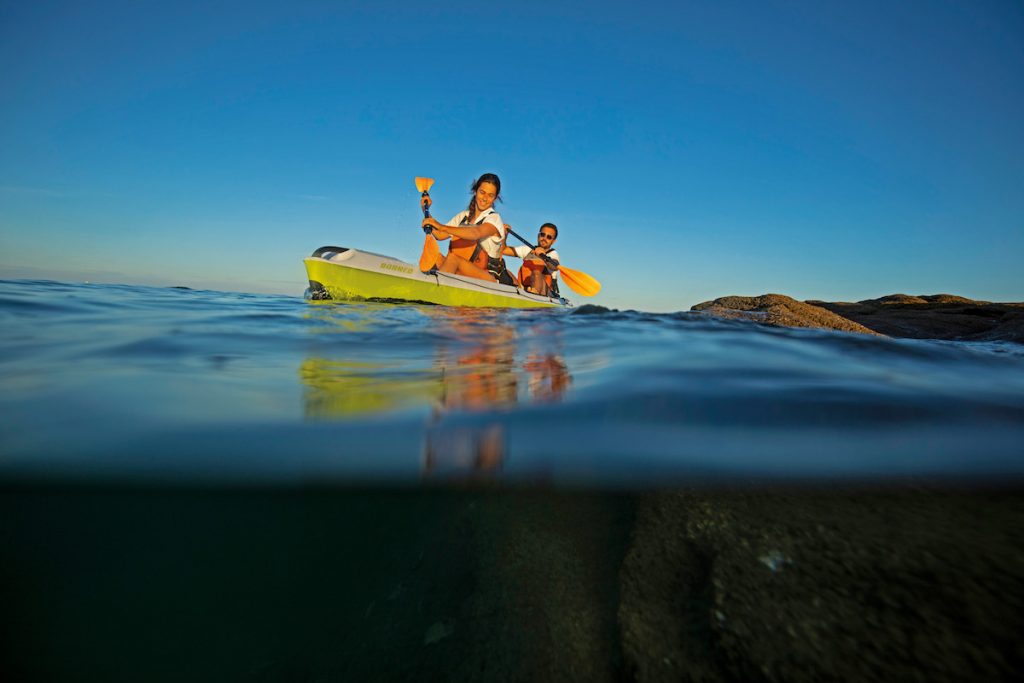
Creating the association that paddling (and exercise) is good for you can draw in users who traditionally visited the gym or those looking for motivation to get off the couch. Emily Jackson of Jackson Kayak points out that “Very few people first start running because they like running, they do it for the health benefits.” What keeps people running- and paddling- is the endorphins and euphoria that accompany the experience. It is the “good feels” that follow the sport that makes people hunger for their next outing. As Jackson rightly suggests, promoting the physical and health benefits of going for a paddle may not only help draw people to the sport but also keep them in it until the “good feels” take over.
For many, Jackson identifies, COVID brought the opportunity to try something new and the illusion of having the time to do it.
Yet to fully have success requires a societal shift and the re-prioritization of our health and well-being, a development of the belief that paddlesports and outdoor recreation are necessary and healthy. For many, Jackson identifies, COVID brought the opportunity to try something new and the illusion of having the time to do it. As life slowly shifts back towards “normal” obligations, reminding people that making time to do things they enjoy (not to mention getting outside) is both healthy and necessary will be vital.
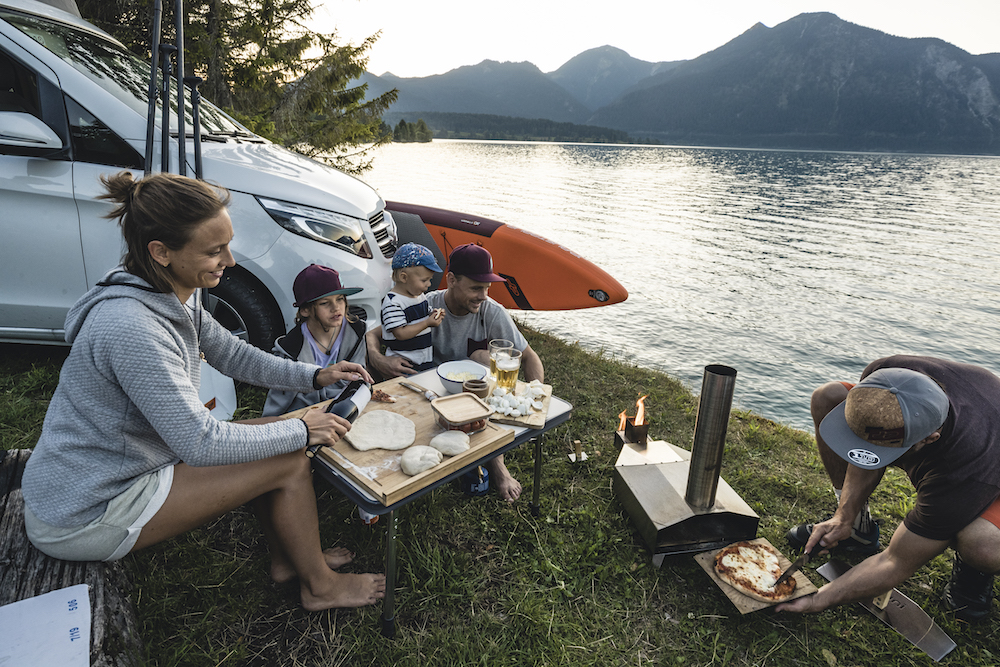
This shift in mentality and belief that paddlesports and outdoor recreation are necessary and beneficial for physical and mental health and well-being is already underway. In many regions, recreation, including “non-motorized boat use and rentals, such as rowboats, kayaks, canoes,” was considered an essential business and service during restrictions and lockdowns. The ability for rental businesses to remain open during pandemic shutdowns was a considerable benefit for welcoming newcomers to the sport. Access equals relevance, and access to a rental market is crucial, as many cannot afford to purchase or store the bulky- and often expensive- paddlesport products.
Maximizing exposure to paddlesports by placing images and products at the customer’s fingertips, both digitally and in the physical world, drives interest and normalizes the sport.
“Nothing beats a sunny summer day with 30-40 kayaks and SUPs paddling around, with plenty of room to socially distance in acres of fresh air.”
“We were one of the few activities New Yorkers could do,” explains Manhattan Kayak + SUP owner Eric Stiller. The introductory kayak and SUP classes Stiller offers were fully booked all summer long, with tours and rentals filled almost exclusively by super local and local clients. Stiller was not alone in seeing an uptick in new customers, and outfitters around the world were taken by storm as people flocked to try something new. When asked what will keep people coming back or even inspire them to buy a boat or board of their own, Stiller replies, “Nothing beats a sunny summer day with 30-40 kayaks and SUPs paddling around, with plenty of room to socially distance in acres of fresh air.”
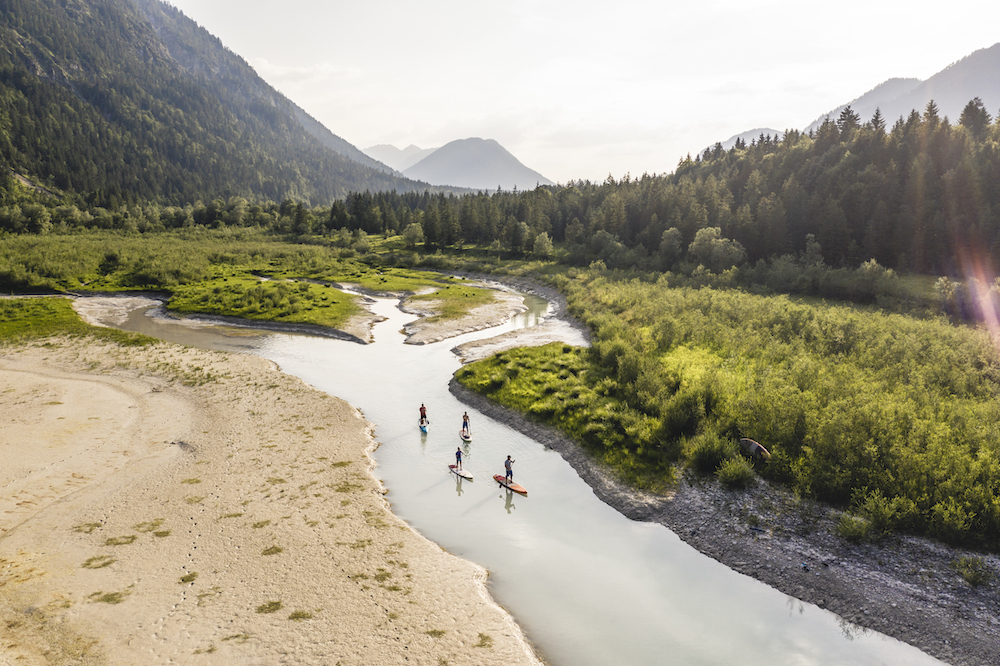
What about the experience makes paddlesports stand out? Currently, paddlesports provides the potential for adventure and exploration in a world where travel is limited. Embracing a new challenge and exploring new horizons close to home, whether rivers, lakes, or coast, allows people a taste of freedom that combats the claustrophobic reality of lockdown and restrictions and makes the beauty of a day on the water even more appealing.
Entry into a new sport, especially one filled with forums and advice, also provides community when many of us feel cut-off or isolated. We need quality and qualified advice at shops and outfitters, making the link between instruction and retail more crucial than ever.Continuing to build and develop online and in-person communities where users and enthusiasts feel welcome and connected to something larger than their own experience will also help sustain and keep people looking forward to their next paddling mission.
Increased access to gear, plus improvements in the way gear fits, looks, and feels to be both user-friendly and aesthetically pleasing are also critical.
Increased access to gear, plus improvements in the way gear fits, looks, and feels to be both user-friendly and aesthetically pleasing are also critical. Rather than relegating paddlesports to having been fun once you are safely on land, it needs to be fun to do and share with others, both online and in real life, while you are doing it.
Whatever inspired the initial exposure, the hope is always that the experience in itself will attract some newcomers enough to make them lifers. Yet to retain the influx of pandemic paddlers, the key lies in making paddling relevant enough in people’s lives that they want to do it whenever they can, and easy enough to do however they want. More, we need to make sure that they look and feel good while engaging in the sport. We can lure people in with the image or representation of a lifestyle that appeals to the person the months of quarantine has made us want to be. Then, we need to let them be that person in a place, a community, that is comfortable and welcoming. If we can help newcomers feeling good and looking good and excited about the sport, then we can keep them paddling.

